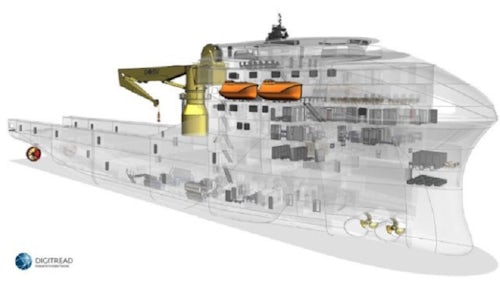Frontload safety and comfort of ADAS systems
Within ADAS development, engineering teams working on a subset of the system are often unable to assess their contribution to the full vehicle performance in real-life scenarios. The consequence is that a full assessment of the system can only be done using physical testing at the prototype stage, where the resolution of issues is very difficult and costly.
This paper explores a solution for virtual testing of the full system, even when the development focus is a subset of the system. Learn about a closed-loop verification methodology of your ADAS algorithms that includes perception, path planning, and control actions, in addition to checkpoints for safety and comfort.
In this white paper about the closed-loop verification of ADAS development you will learn how to:
- Assess the set of sensors (type, number, location) for an accurate identification of the driving scene based on machine learning algorithms
- Check the behavior of the system in real-world driving conditions
- Test and verify the perception and control strategy and algorithms
- Support the physical verification and validation of the system by virtual models
Why is a closed loop ADAS development methodology so important?
Today we can observe many issues in existing ADAS systems, which do often not match the driver’s expectations. For instance, the wrong activation of Automated Emergency Braking (AEB), often due to false perception of the driving scene, have been documented. As shown in a recent survey from the American Automobile Association (AAA), lane-keeping systems, adaptive cruise control, and traffic jam assists fall short of the expectations, eventually leading to Safety and/or Comfort issues.
OEMs and suppliers need to identify such issues early on in the ADAS development process, requiring a framework customized to their needs. Support includes dedicated libraries of perception, path planning and control algorithms, relevant scenarios, a dedicated Vehicle Dynamics model, and the possibility to replace virtual components with physical components.



